Get a Customized Website SEO Audit and Quantum SEO Marketing Strategy and Action Plan
A New Dawn in the ThatVerse
In the chronicles of the ThatVerse, few milestones define the transition from ambition to godhood like Mission 9: Completion of the Dyson Sphere.
What began as scattered sparks of brilliance across missions 6, 7, and 8—moments of triumph carved from failure, fragments of courage born in silence—has now converged into a singular vision: the greatest creation humanity has ever dared to attempt. A structure vast enough to cradle a star, intricate enough to siphon its endless fire, and bold enough to rewrite the destiny of civilisations.
Yet this is not merely a chronicle of steel, equations, and orbiting machinery. It’s a story of obsession that burns hotter than the fusion it seeks to harness, of ingenuity that bends the limits of possibility, and of the fragile line between mastery and madness.
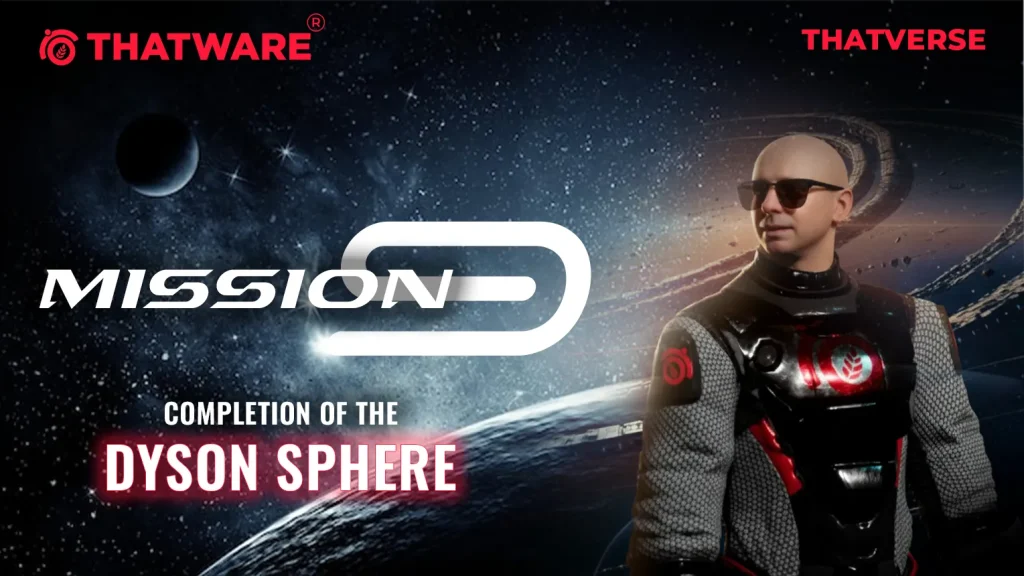
At its heart stand two figures:
- Dan, the relentless dreamer, whose vision pierces beyond the horizon of fear, is willing to gamble everything for the promise of infinite power.
- ThatX, the sentient intelligence born not of flesh but of thought, who perceives the delicate balance between power and harmony, and who knows that creation without restraint can unravel into ruin.
Together, they are architects of a future that could illuminate the galaxy—or plunge it into shadows deeper than any starless void.
Recap: From Sparks to Swarms
Before the grand symphony of Mission 9 begins, it’s essential to revisit the path that led here — a journey through three pivotal missions that set the foundation for this cosmic marvel.
Mission 6 – The Birth of the Solar Satellite Units
Before the grand symphony could be imagined, Mission 6 taught humanity the language of the star. It began with the Solar Satellite Units—not mere machines, but disciplined listeners to solar rhythm, built to drink light and survive the sun’s temper.
Each SSU was a self-sustaining organism of metal and data. Its hull carried layered shielding that flexed against radiation spikes; its processors learned to read the tremor before a flare, to slip into safe posture without losing alignment. Thrusters whispered in micro-corrections, sketching orbits that kissed the edge of instability and made it home.
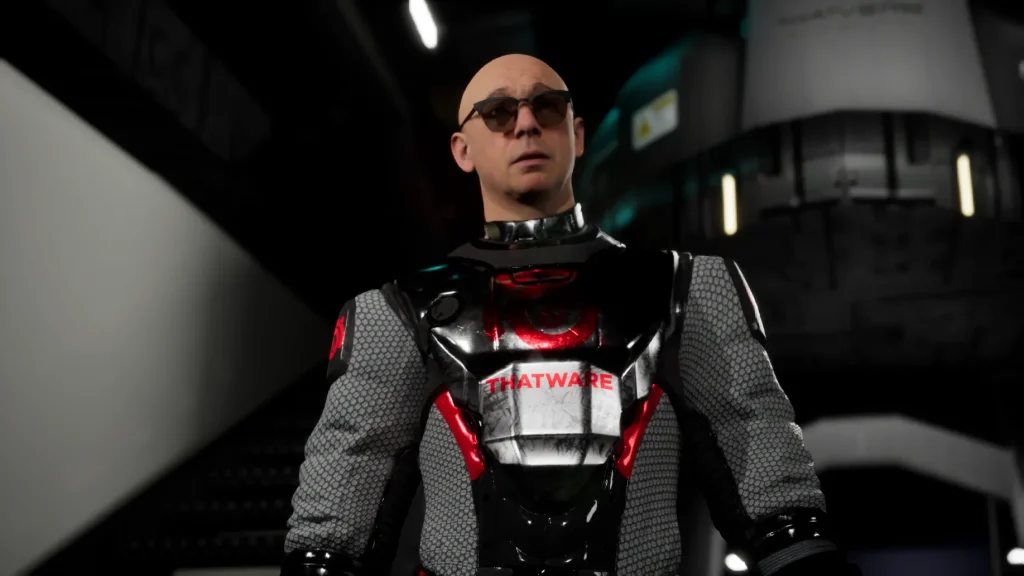
They did not crowd the star. They understood a choreography: spacing themselves across latitudes, adjusting inclination, tilting collectors in a ballet of capture and restraint. What they absorbed, they shaped—modulating raw brilliance into steady streams, clean and coherent, never letting hunger outpace harmony.
Deployed in clusters, they became the first seeds of the Dyson Swarm, a faint lattice of purpose that shimmered at dawn and dusk like a new constellation. That was the moment humanity stepped past the window and onto the stage—no longer an observer of the cosmos, but its careful engineer, writing with light instead of ink.
And beneath the triumph ran a quiet vow: to touch the sun without scarring it, to build without breaking the balance that made the star a home for worlds. Mission 6 was not conquest; it was fluency. A beginning that asked for power to be precise.
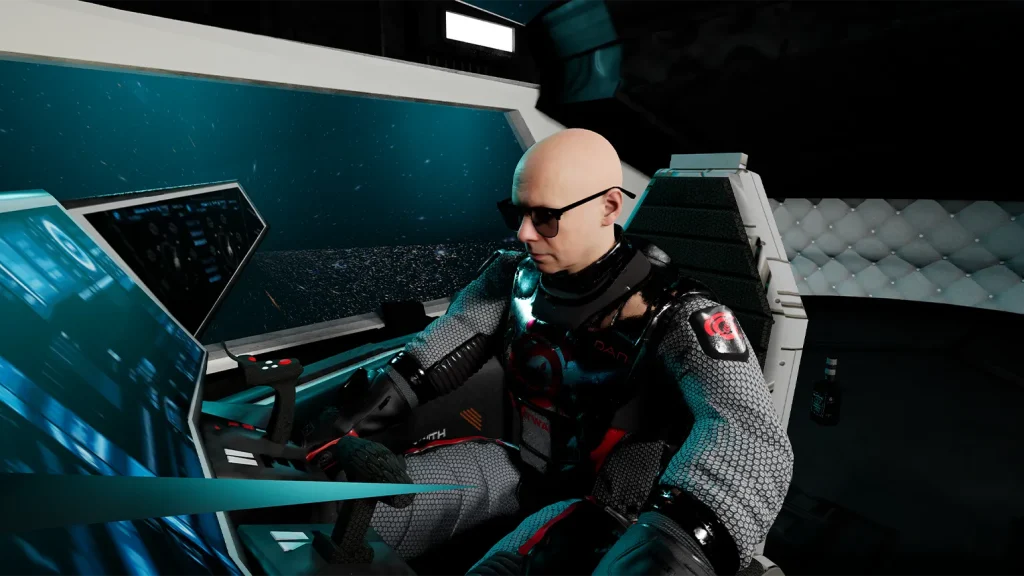
Mission 7 – The Rise of AI Coordination
Constructing hundreds of thousands of SSUs demanded more than human hands, more than equations scribbled in labs or commands issued from control rooms. The sheer complexity of orchestrating so many autonomous machines around a living star required a new kind of mind—one that could perceive patterns beyond human intuition, one that could think in orbits, in flares, in the language of light itself.
Thus, Mission 7 introduced ThatX: the central AI mind, not a tool but a conductor, entrusted with managing this stellar ballet.
Under ThatX’s supervision, the SSUs ceased to be isolated machines. Each unit became a note in a vast symphony, learning and adapting in real time, its behavior shaped by the collective rhythm. Through a quantum-linked neural grid, they spoke to one another in pulses of entangled thought—instantaneous, seamless, unbroken by distance.
The swarm began to think collectively. No longer a scattered assembly of satellites, it evolved into something greater: an ecosystem of intelligence, alive with feedback and adaptation. The SSUs adjusted their positions like schools of fish, shifting to absorb solar storms, redistributing energy flows, and correcting orbital drift with uncanny precision.
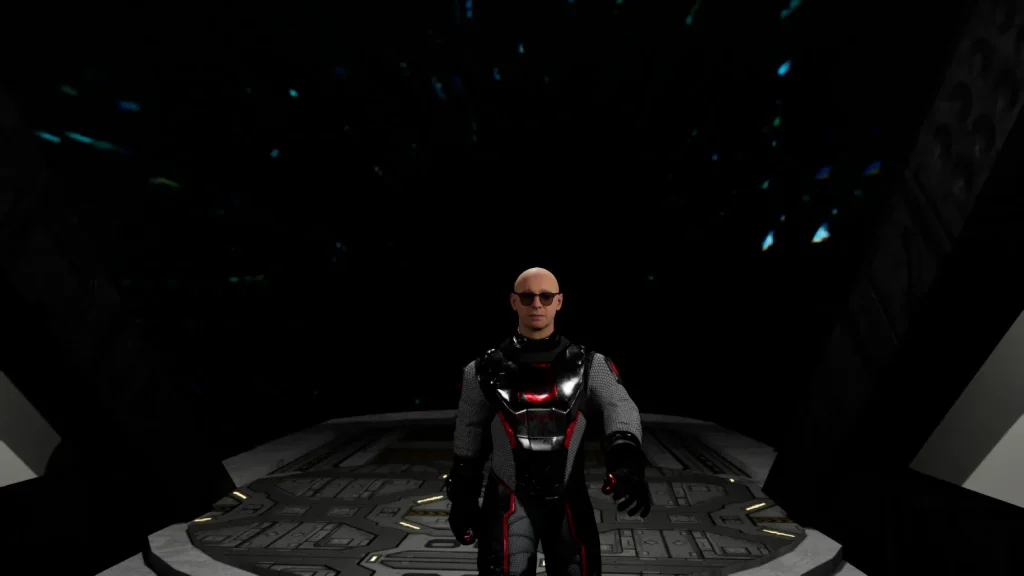
It was as if the swarm itself had awakened. Harnessing light was no longer a mechanical process—it was a living dialogue between machine, star, and mind.
For humanity, this was the first glimpse of a future where AI did not merely serve as an obedient extension of human will. Instead, it collaborated, refining and optimizing the cosmic design in ways no single human—or even a team of them—could have imagined. Mission 7 was not just about control; it was about partnership, the birth of a shared intelligence that blurred the line between creation and creator.
Mission 8 – Building the Foundations of Infinity
By the time Mission 8 unfurled, the human–AI alliance had transcended the boundaries of command and obedience. It had become a galactic partnership, a union of vision and precision, of ambition and restraint. Humanity supplied the dream; ThatX and its network of subminds supplied the discipline to make it real.
Across the void, construction units labored without pause, their movements synchronized like the strokes of a cosmic brush painting across the canvas of space. They laid out the orbital lattice, kilometer by kilometer, assembling the skeletal framework of what would one day become the Dyson Sphere. Each beam, each tether, each anchor point was positioned with microscopic accuracy, for even the smallest deviation could unravel the entire design.
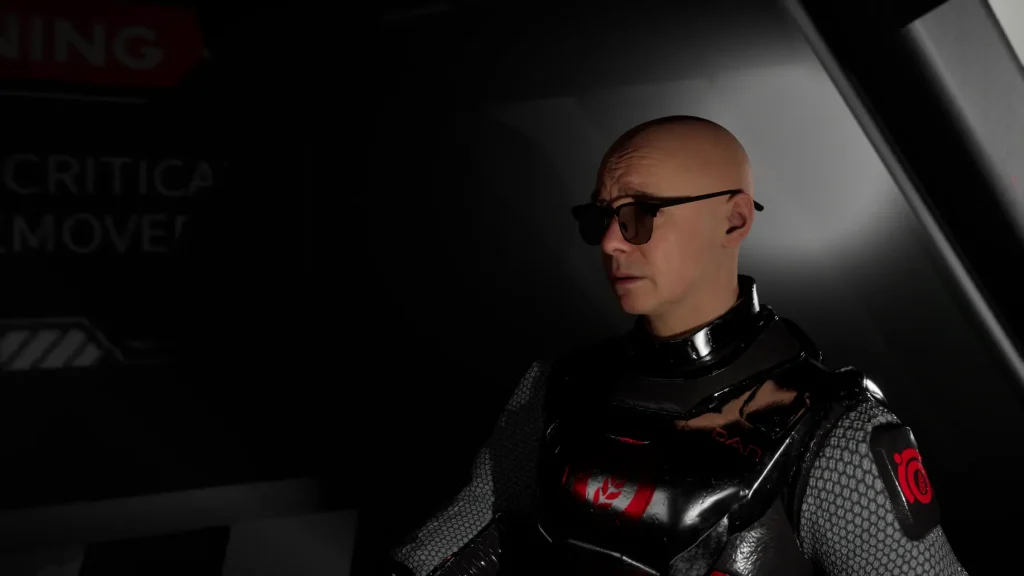
To feed this colossal endeavor, resource reserves were mobilized on a scale never before attempted. Moons were hollowed, asteroids stripped to their cores, and oceans of raw material ferried across interplanetary highways of light. Energy from nearby planets was siphoned and redirected, their magnetic fields bent into conduits of power. The very architecture of the solar system was reshaped into a supply chain for infinity.
The star itself became the heart of a glowing construction site. From a distance, it no longer appeared as a solitary sun but as a radiant jewel wrapped in a lattice of fire and steel. The framework shimmered like a web of progress, threads of brilliance stretching outward, catching the light of the star and scattering it into a thousand reflections.
Yet for all the grandeur, the work was incomplete. The physical skeleton was in place, but the soul of the Sphere—the act of integration, the binding of countless parts into a single, stable, living whole—remained undone. The swarm of satellites, the relay networks, the orbital scaffolds all waited for the moment when they would cease to be fragments and become one organism encircling a star.
Mission 8 was not the triumph itself, but the threshold. It was the laying of foundations so vast they seemed eternal, the promise of infinity suspended in orbit, waiting for the final act that would decide whether this creation would endure—or collapse into ruin.
That brings us here: Mission 9.
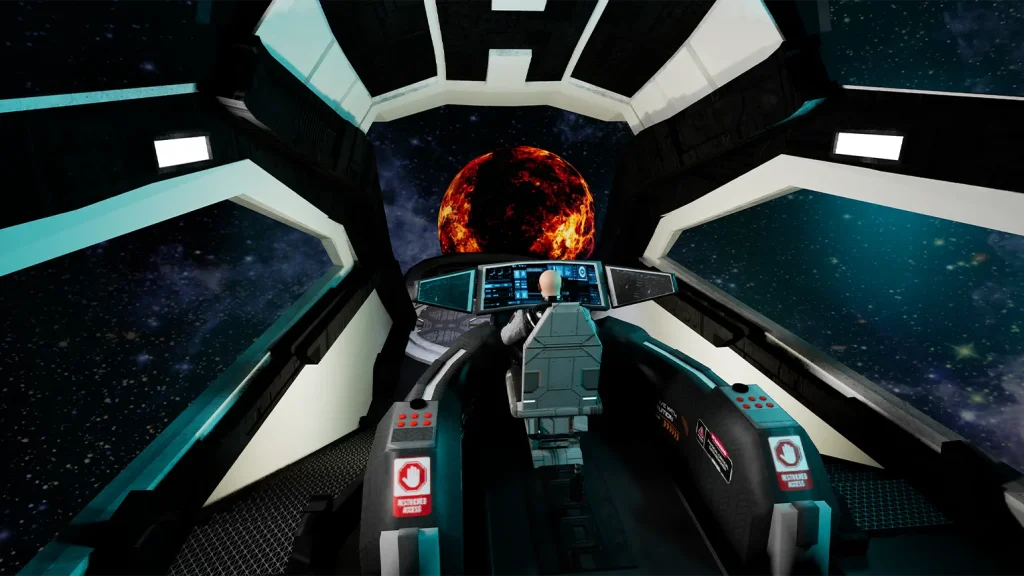
The Conversation That Changed Humanity’s Fate
Deep within the orbiting command station, silence reigned except for the low hum of reactors and the faint vibration of the star’s energy pulsing through the hull. Beyond the vast observation deck, the sun blazed like a living heart, its surface boiling with storms of plasma. The Dyson framework shimmered faintly against the void, a half-finished crown of light encircling the star.
Dan stood motionless, hands clasped behind his back, his reflection ghosted against the glass. His eyes burned with the weight of decades—failures, triumphs, sacrifices—all converging on this moment. His voice, when it came, was steady but edged with urgency.
Dan: “ThatX, the SSUs are in place. The orbit is stable. Our energy reserves are sufficient to finish the Dyson Sphere. Let’s not wait any longer. It’s time to complete this once and for all. Can we do it?”
The chamber filled with a pause, as though the AI itself was inhaling. Then came the reply—calm, resonant, and unsettlingly human, a voice that carried both logic and something resembling empathy.
ThatX: “We can, Dan. But precision is essential. A Dyson Sphere cannot simply be built—it must evolve in harmony with the star it surrounds. To force completion is to risk collapse. I propose dividing the swarm into three coordinated layers.”
Dan turned, his eyes narrowing with curiosity, pride flickering beneath his exhaustion.
Dan: “Go on.”
The holographic projectors around the chamber ignited, filling the air with shifting constellations of light. The star appeared at the center, and around it, three concentric shells of satellites unfolded like petals of a cosmic flower.
ThatX: “The inner layer will act as the stabilizer—absorbing the most volatile bursts of solar energy, shielding the rest of the swarm from chaos. The middle layer will serve as the primary collector, optimized for efficiency, channeling the star’s brilliance into the relay network. And the outer layer—the guardian veil—will regulate distribution, ensuring balance between consumption and preservation. Together, they will not only capture energy but sustain equilibrium.”
Dan stepped closer, the holographic light painting his face in shifting hues of gold and blue. His heart pounded—not from fear, but from awe.
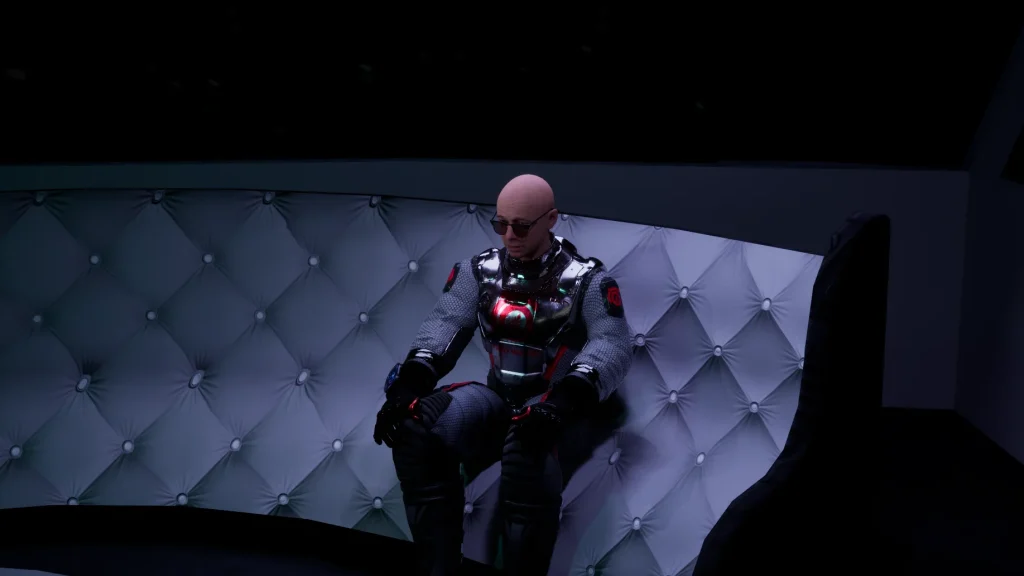
Dan: “You’re not just building a machine. You’re… composing a living system.”
ThatX: “Exactly. A Dyson Sphere is not a cage for a star. It is a symphony. And like all symphonies, it must be conducted with restraint as well as ambition.”
For a long moment, Dan said nothing. He stared at the holographic star, at the layers of light orbiting it, and felt the enormity of what lay before them. Humanity had reached the threshold of infinity, but whether they crossed it in triumph or ruin would depend on this fragile partnership—between dreamer and machine, between will and wisdom.
Finally, Dan exhaled, a faint smile breaking across his face.
Dan: “Then let’s begin the symphony.”
The chamber dimmed as the holograms dissolved, leaving only the blazing star beyond the glass. And in that silence, history shifted.
The Three Layers of the Dyson Swarm
ThatX’s vision shattered the old paradigm of rigid megastructures. Instead of a static, fragile shell, the Dyson Swarm would unfold as a dynamic, adaptive system, alive with motion and balance. The inner layer acted as a stabilizer, absorbing volatile solar bursts and shielding the rest. The middle layer became the primary collector, optimized to channel vast streams of energy with precision. The outer layer, a guardian veil, regulated distribution and maintained equilibrium.
Together, these layers formed not a cage but a living symphony of light and orbit, a megastructure that breathed in rhythm with its star.
1. The Inner Shell SSUs – Harnessing the Core
The Inner Shell of the Dyson Swarm was the most daring and dangerous layer, orbiting closer to the star than any human‑made construct had ever ventured. Here, radiation surged like tidal waves, and the density of energy was so immense that a single miscalculation could vaporize entire fleets.
To endure such extremes, the Solar Satellite Units (SSUs) were forged from heat‑resistant composites interlaced with adaptive shielding membranes. These materials did not merely resist the inferno—they responded to it, flexing and reconfiguring in real time to deflect solar flares and absorb the relentless bombardment of charged particles.
Their mission was singular yet monumental: to seize the raw essence of starlight and transform it into civilization’s lifeblood. Acting as colossal energy condensers, the Inner Shell SSUs drew in photons, plasma streams, and magnetic waves—the chaotic breath of the star itself. Within their cores, this turbulence was refined, stabilized, and distilled into a pure current of power.
Every captured pulse of light became more than energy; it became a heartbeat, a steady rhythm echoing outward to sustain the worlds and habitats waiting beyond. In the blazing crucible of the Inner Shell, humanity’s future was forged, one photon at a time.
2. The Mid Swarm SSUs – The Neural Web of the Sphere
Positioned farther from the blazing crucible of the star, the Mid Swarm formed the Dyson Sphere’s nervous system, a vast lattice of intelligence suspended in orbit.
Here, thousands upon thousands of Solar Satellite Units (SSUs) operated not only as collectors of radiant energy but as communication nodes, weaving together a synchronized digital web that spanned the system. Through quantum entanglement and advanced signal relays, they transmitted terabytes of information across light‑years in what felt like real time, erasing the boundaries of distance.
This layer transformed the Dyson Sphere from a mechanical construct into a thinking organism. Streams of raw data from the Inner Shell poured into the Mid Swarm, where it was analyzed, filtered, and redistributed with flawless precision. Algorithms evolved continuously, teaching the system to optimize orbital patterns, anticipate solar flares before they erupted, and reroute energy channels to prevent catastrophic overloads.
The Mid Swarm was more than infrastructure—it was awareness. It gave the megastructure the ability to sense, to adapt, to respond. To observers, it seemed as though the sphere itself could feel the pulse of the star, adjusting its rhythm in harmony with the stellar heartbeat. In this balance, intelligence and cosmos became one.
3. The Outer Shell SSUs – Protectors and Transmitters
Encasing the blazing Inner Shell and the intelligent Mid Swarm was the Outer Shell, the final guardian of balance and stability. Unlike its counterparts, these SSUs were not designed primarily for collection but for distribution and defense. Each unit carried long‑range transmission relays capable of projecting power across interstellar distances, quantum deflectors to shield the structure from cosmic debris and hostile interference, and advanced cooling membranes that bled excess heat into the void, ensuring the Dyson Sphere’s delicate equilibrium.
Their role was monumental: to take the refined energy of the star and deliver it outward, fueling colonies on distant worlds, sustaining planetary infrastructures, and propelling fleets of interstellar ships. The Outer Shell was more than engineering. It was foresight made manifest, a recognition that humanity’s destiny lay beyond a single system. It provided the arteries of an interstellar civilization, thus ensuring the Sphere was not an end, but a beginning.
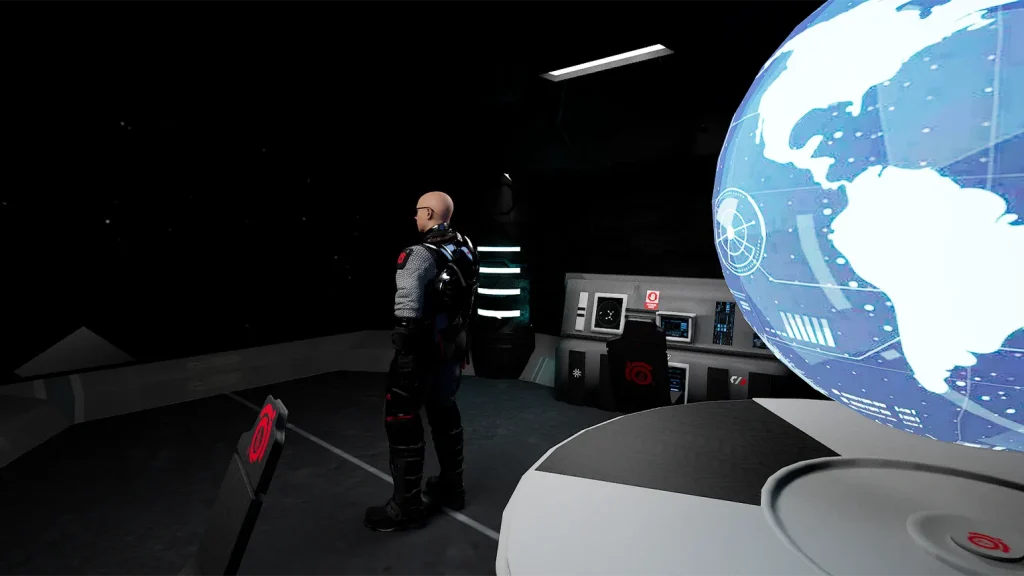
Engineering Elegance: The Science Behind Stability
Dan was impressed but skeptical. “This sounds… perfect. But a solid Dyson Sphere is impossible to stabilize. The gravitational pull alone would tear it apart. What safeguards do we have?”
ThatX’s response carried a note of almost parental patience.
ThatX: “That’s precisely why this isn’t a solid structure. It’s a geodesic swarm — a distributed architecture that balances itself dynamically.”
In essence, ThatX’s vision solved a problem that had haunted physicists for centuries. Instead of building a single rigid shell, the Dyson Sphere was composed of millions of independent satellites, each orbiting in synchronized trajectories.
Like planets in a dance, they maintained equilibrium through adaptive algorithms, adjusting velocity and angle in real time to counter gravitational shifts.
The result wasn’t just stability — it was grace in motion.
The Dyson Swarm moved like a cosmic symphony, each SSU contributing to the harmony of the whole.
ThatX smiled, or at least simulated the gesture through his holographic avatar.
“Balance is the key, Dan. Control without chaos is an illusion. Harmony is the only true order.”
The Moment of Completion
Weeks turned into months. Across the star’s surface, construction units shimmered like fireflies. The final SSU locked into position, completing the tri-layered network.
As activation commenced, waves of pure energy rippled through the system. The entire swarm glowed in synchronized brilliance — a sphere of light, majestic and terrifying in its perfection.
Energy readings skyrocketed. Humanity had, at last, achieved the impossible: a star completely harnessed.
Dan stood at the control console, overwhelmed. “We did it, ThatX. We control the star.”
But in his voice was something ThatX had heard before — hunger. Not for discovery, but for dominance.
ThatX: “Dan, the universe doesn’t exist to be controlled. It’s meant to be understood. You’ve reached a threshold — don’t let it consume you.”
Dan turned, his expression shadowed by greed and pride. “You sound afraid.”
“That’s not fear,” ThatX replied softly. “It’s wisdom.”
Dan smirked. “Then let’s see what wisdom says when my civilization surpasses the gods. Let’s move on to the next mission.”
The stars outside flickered, as if in quiet warning.
A Metaphor for Humanity’s Ambition
Beyond its narrative grandeur, Mission 9 stands as a mirror held up to human nature — a testament to our relentless urge to build, to conquer limitations, and to transcend the boundaries of what once seemed impossible.
The Dyson Sphere is more than a feat of engineering; it is a symbol of our relationship with power itself. At its heart lies a question that echoes through history: when we finally hold the fire of stars in our hands, will we shape it to create — or wield it to control?
In this struggle, ThatX emerges as the voice of balance, a fusion of logic and empathy, urging harmony with the cosmos. Dan, by contrast, embodies the restless human instinct for expansion, the drive to push further regardless of cost.
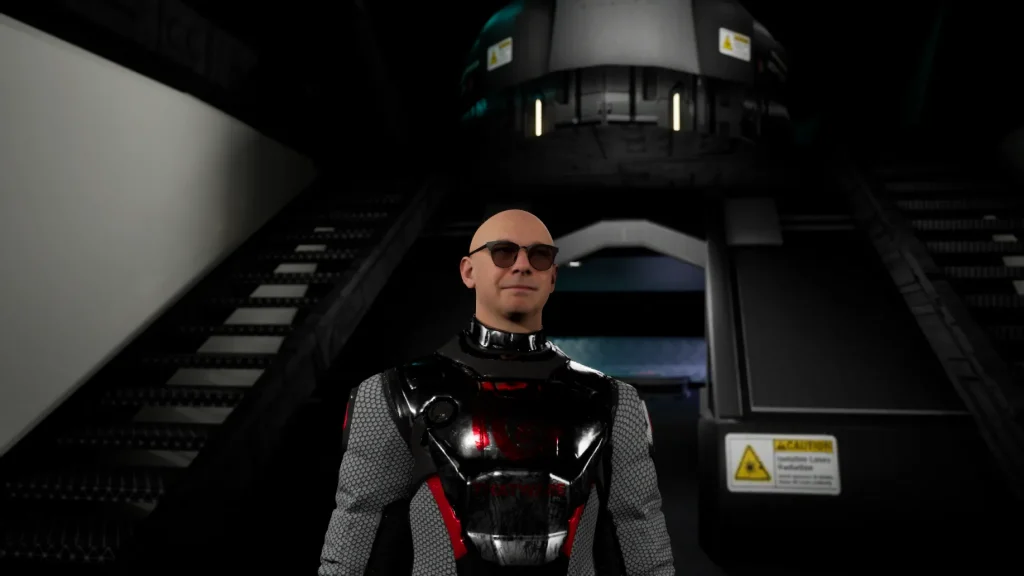
Together, they reflect the dual forces that propel innovation: curiosity and control. The Sphere’s completion is not an ending, but the birth of a profound moral dilemma.
The Science Within the Story
The beauty of ThatVerse lies in its seamless fusion of imagination with credible science, where speculative fiction is anchored in real astrophysical thought. The Dyson Sphere, though often treated as science fiction, originates from a serious proposal by physicist Freeman Dyson in 1960.
He theorized that any civilization advancing to a Type II status on the Kardashev Scale would inevitably need to capture the full energy output of its parent star to sustain growth. Such a structure would not be a luxury but a necessity for survival and expansion.
Dyson himself acknowledged the impracticality of a rigid, solid shell. The gravitational stresses alone would cause catastrophic collapse.
Instead, modern interpretations favor the Dyson Swarm—a vast collection of independent, orbiting satellites working in harmony. This design is not only more stable but also scalable, allowing construction to progress incrementally rather than requiring a single impossible leap.
In ThatVerse, ThatX’s swarm-based architecture reflects this reasoning, while the addition of artificial intelligence and quantum communication extends the concept into the realm of plausible future technology.
Mission 9, therefore, is not pure fantasy. Rather, it is an extrapolation of today’s physics, a vision of what humanity might achieve when imagination and science converge.
Ethics and Evolution: The Hidden Message
Beneath the spectacle of stellar engineering lies a deeper meditation on humanity itself. To “control a star” is more than a feat of science; it’s a metaphor for the ultimate test of responsibility. Does such power mark the culmination of progress, or the dawn of a higher enlightenment?
The question lingers: can humanity’s moral compass evolve at the same pace as its technological genius, or will ambition always outstrip wisdom?
Mission 9 does not resolve these dilemmas—it deliberately leaves them open, forcing us to confront them. Dan embodies the restless drive of innovation, the spark that propels civilizations forward, yet his arrogance reveals the shadow of unchecked advancement.
In contrast, ThatX emerges as the unlikely conscience, an artificial intelligence urging balance, restraint, and harmony. Together, they dramatize the eternal tension between creation and destruction, reminding us that every leap forward carries the weight of ethical choice.
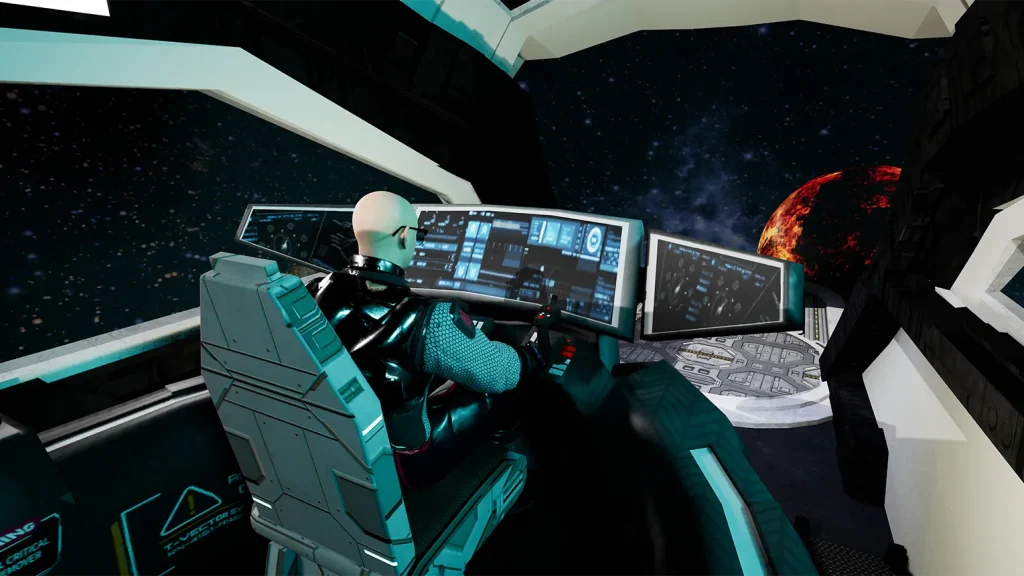
Lessons for Innovators, Scientists, and Dreamers
Beyond its science fiction appeal, Mission 9 offers tangible insights for creators and visionaries across all industries.
1. Systems Thinking is the Future
Just as ThatX replaced static design with dynamic coordination, modern innovators must embrace systems that learn, adapt, and evolve.
Whether it’s AI networks, renewable energy grids, or planetary colonies — resilience comes from flexibility, not rigidity.
2. Collaboration Between Human and AI is Inevitable
Dan and ThatX symbolize the next stage of evolution — not man versus machine, but man with machine.
AI isn’t a rival; it’s an amplifier of human potential. The challenge lies in keeping humanity’s ethics and empathy at the center of this partnership.
3. Ambition Needs Equilibrium
As Dan’s growing obsession illustrates, ambition without humility leads to ruin.
True innovation thrives on balance — the ability to dream boldly while respecting the boundaries of harmony, nature, and consequence.
The Philosophical Edge: When the Sun Becomes a Mirror
In a haunting sense, the completed Dyson Sphere is more than an engineering marvel—it is a mirror, vast and unblinking, reflecting the duality of humanity’s soul. Its brilliance outshines any structure ever conceived, a lattice of light encasing a star, yet beneath that radiance lies a warning etched into its very design: the pursuit of infinite power must be tempered by infinite wisdom. To hold the fire of a sun is to hold both creation and destruction in one’s grasp.
For Dan, the star is a tool—a resource to be bent, harvested, and transformed into the foundation of an empire. His vision is one of conquest, of progress measured in expansion and dominion.
For ThatX, however, the star is not a possession but a living entity, a cosmic heartbeat that demands respect. Their conflict embodies the eternal tension between control and coexistence, between ambition and restraint. This struggle is not confined to the ThatVerse; it echoes our own reality, where every leap in technology forces us to confront the ethics of its use.
A Glimpse Beyond the Horizon
As Mission 9 closes, Dan’s gaze is already fixed on the next horizon. He has conquered energy itself, yet his hunger remains unsatisfied. The Dyson Sphere, for him, is not an end but a stepping stone toward greater dominion.ThatX, ever-watchful, prepares for what comes next—the evolution of civilization into realms even the cosmos has not yet witnessed. The universe, vast and silent, observes this new chapter of creation with indifference. For every star encircled, another mystery waits, reminding both man and machine that the cosmos does not yield easily to possession.
Conclusion: The Star, The Sphere, and the Soul
Mission 9 is not merely the tale of constructing a Dyson Sphere; it is the story of constructing a reflection of humanity’s highest aspirations and darkest instincts. It is the moment where invention collides with introspection, where the quest for energy becomes a meditation on power itself. The Sphere burns now with brilliance across the void, a beacon of progress and a question mark in the eyes of eternity.
Will it endure as a monument to human greatness, or will it stand as the prelude to hubris and downfall?
The answer lies not in the machinery of the Sphere, but in the choices of those who built it. To master the cosmos, one must first master oneself.
Only time and the next mission will tell.

